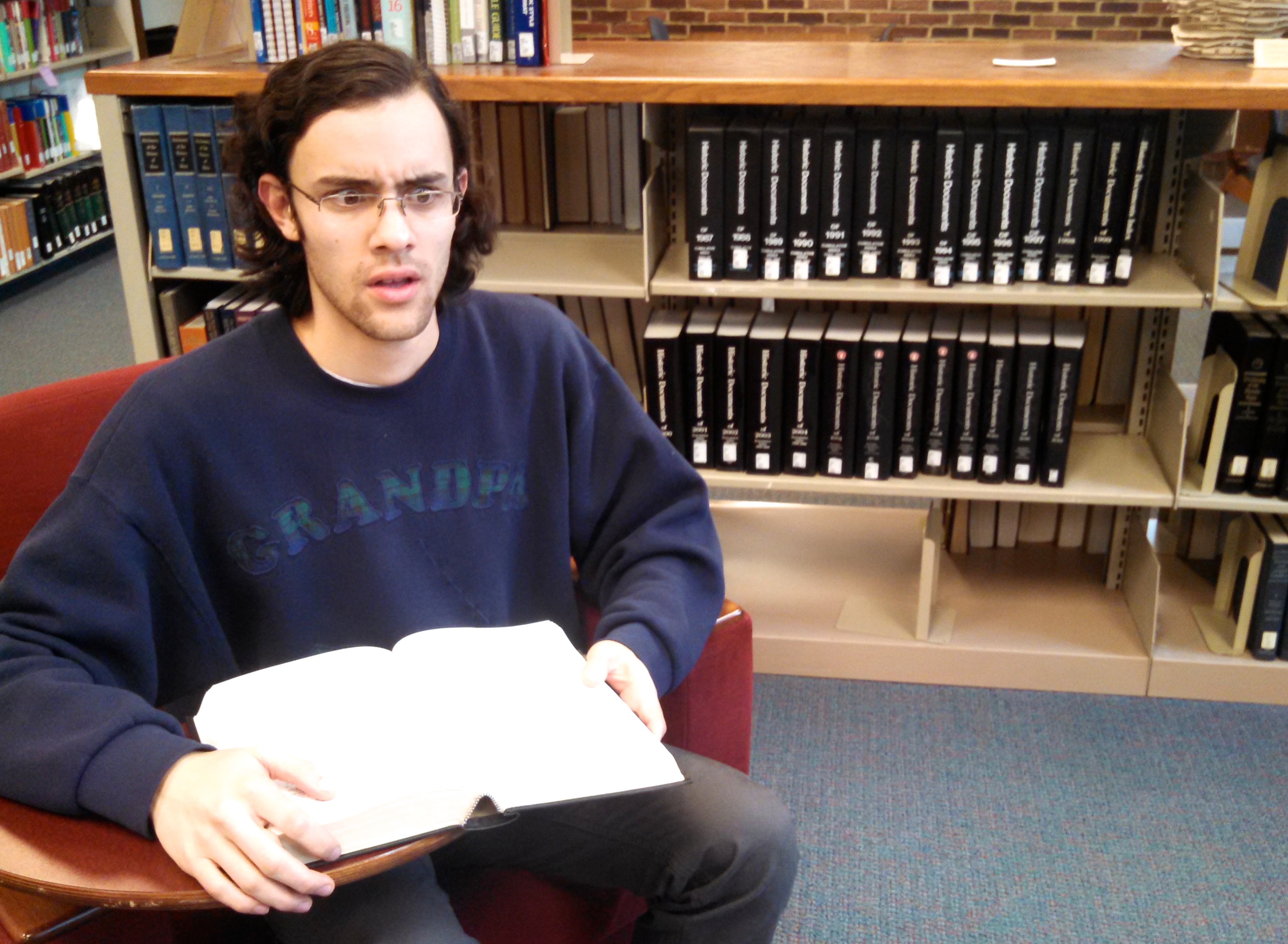I happened to be in the Good Library just yesterday, minding my own business as I tend to do. There may have been other people there, I wouldn’t know (there are so many people out there that I usually don’t try to overwhelm myself with them). The cause for my being there was one of those awkward 35- to 39-minute slots of time between two engagements during which it seems pointless to bother going back to where you live and pointless to arrive at your next stop early. I had some minor work to do; it was also pointless.
So, as I was saying, I was sitting in the library aimlessly staring around and trying to find something or anything to occupy myself with for the next one or two whiles. It was then that I noticed something quite extraordinary about the library. (Please sit down and set aside hot beverages at this point.) It was full of books!I myself have often heard of books. In fact you may have too, but the very presence of so many of them right there before my eyes can only be described as extraordinary. Next time you go to the library, take note of them. There are actually quite a few.
I decided to pull one of the many no-doubt thrilling volumes off the shelf and begin my perusal. Historic Documents of 1986. This had to be a real page-turner. Here I quote one of the gripping passages, “in cases involving individual multi-member districts, we have required a substantially greater showing of adverse effects than a mere lack of proportional representation to sup—” (p. 625), need I go on?!
I moved on to the Social Work Research and Abstracts from 1992. “Findings suggest that ongoing departmental seminars for field instructors can be critical in supporting them in this [probably aforementioned] role well beyond the first year,” (p. 30).
I moved on to the next book. But it was here that I began to bog down. The Ciliated Protozoa (Corliss, 1961) was not nearly as shocking as I had anticipated. “…already considered in Chapter 1: the autonomy and genetic continuity of the kinety, the pluripotency of kinetosomes, the rule of desmodexy, the significance of stomatogenesis, the development of the concepts of homothetogenic and symmetrogenic modes of fission,” (p. 181). And by the time I got to the New Pocket Romanian Dictionary, the reading was getting desperately tedious. “Diferitele sensuri ale unui cuvînt-titlu sînt…” I knew the library had more to divulge though. I searched far and wide. On the top floor I discovered an apparent treasure trove of stale newspapers, and state-of-the-art microfilm apparatus.
And then I went into the basement. Just as I began to question my entry into the labyrinthine passages below the structure I came upon it. Here were books I could relate to! This was the children’s section, said library aficionado and wary acquaintance April Zehr. The children’s section? Here in the musty bowels of the library? This was no place for children!
All too soon, it was time to leave. Time passes oddly in the library. Sometimes it seems to grind to a halt and then, as though realizing it is falling behind, it leaps forward and you’ve missed your supper. Even so, I do think I’ll be returning to this gold mine of knowledge soon—after all I want to find out what happens to this “Cinderella” character!

